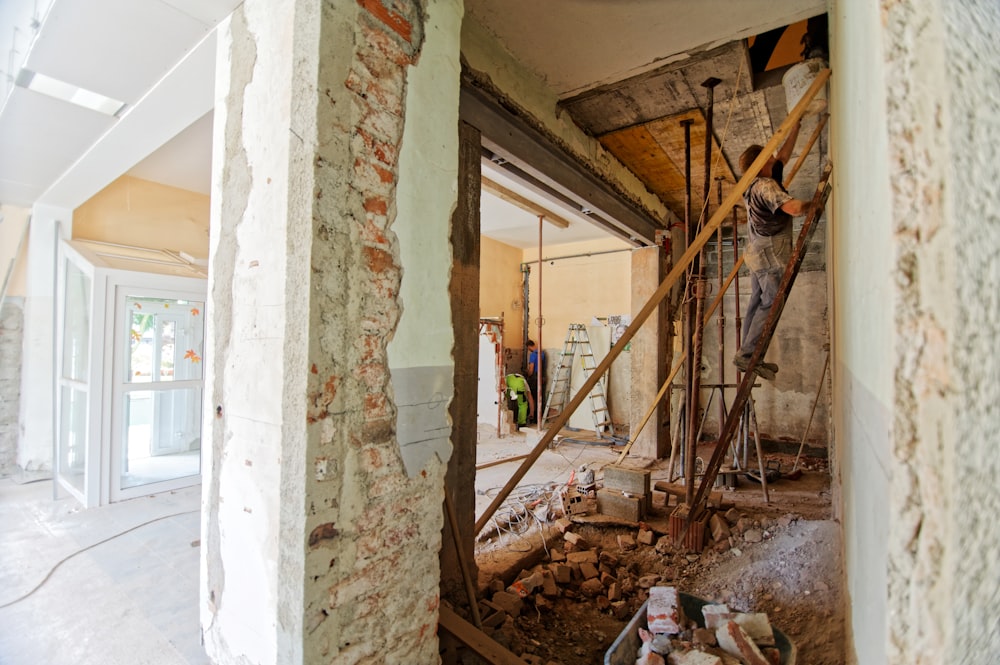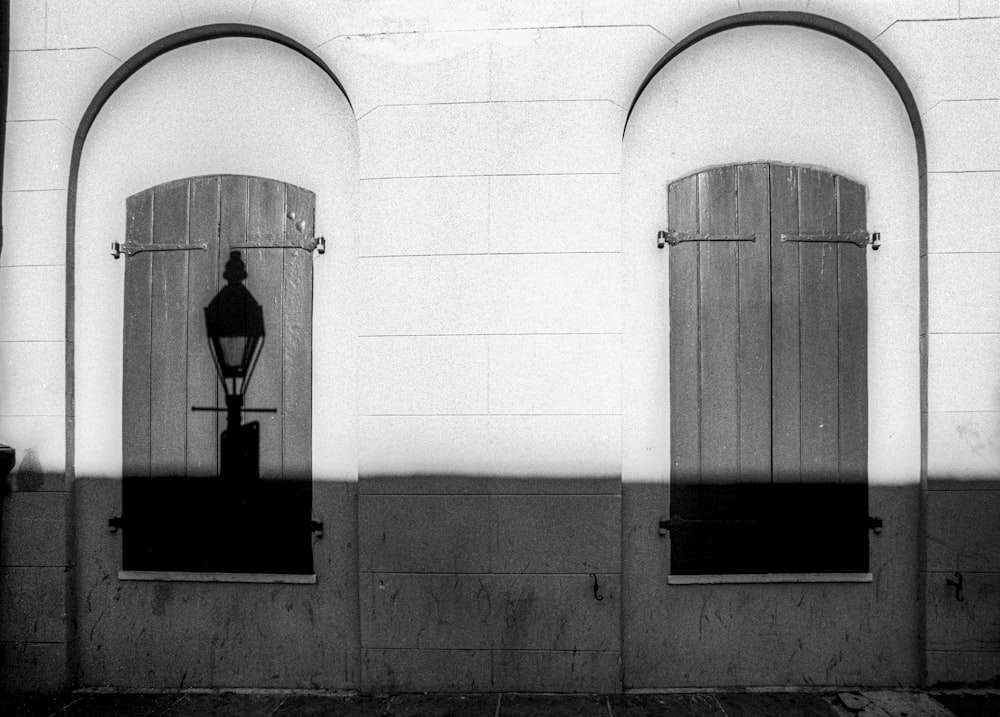Embarking on a Journey Through Civil Architecture
Step into a world where time stands still, and the beauty of human ingenuity is laid bare. Civil architecture, with its towering monuments and intricate designs, is a testament to the creativity and vision of civilizations past and present. Join us as we embark on a journey to explore the timeless beauty of civil architecture, from ancient wonders to modern marvels.
The Legacy of Ancient Civilizations
In the annals of history, the legacy of ancient civilizations looms large in the form of magnificent structures that defy the passage of time. The pyramids of Egypt, with their imposing presence and precise engineering, stand as a testament to the ingenuity of the ancient Egyptians. In Greece, the Parthenon rises majestically atop the Acropolis, a symbol of classical architecture and artistic prowess. These ancient wonders continue to captivate the imagination and inspire awe in all who behold them.
Gothic Grandeur and Medieval Marvels
As we journey through the ages, we encounter the Gothic cathedrals of Europe, with their soaring spires and intricate stained glass windows. The Notre Dame Cathedral in Paris, with its flying buttresses and ornate rose windows, is a masterpiece of Gothic architecture. In Italy, the Duomo di Milano, with its elaborate facade and towering spires, showcases the grandeur of medieval design. These cathedrals stand as enduring symbols of faith, artistry, and human achievement.
Renaissance Revival: The Birth of Classical Architecture
The Renaissance era ushered in a revival of classical architecture, drawing inspiration from the ancient Greeks and Romans. In Italy, the works of architects like Andrea Palladio and Filippo Brunelleschi exemplify the principles of classical design. The graceful columns, symmetrical proportions, and harmonious balance of these buildings reflect the ideals of beauty and order championed during the Renaissance.
Baroque Extravagance and Rococo Charm
As we move into the Baroque and Rococo periods, we encounter a sense of opulence and extravagance in civil architecture. The Palace of Versailles in France, with its sprawling gardens and ornate interiors, is a prime example of Baroque splendor. In Austria, the Belvedere Palace in Vienna captivates with its intricate decorations and lavish design. These palaces and residences are a testament to the wealth and power of the ruling elite during this period.
Neoclassical Resurgence: A Return to Antiquity
In the 18th and 19th centuries, a resurgence of interest in classical antiquity gave rise to the Neoclassical style of civil architecture. The White House in Washington D.C., inspired by the ancient temples of Greece, is a quintessential example of Neoclassical design. In England, the British Museum, with its grand colonnades and pediments, showcases the elegance and symmetry of this architectural style. Neoclassicism became a symbol of democratic ideals and civic pride, influencing buildings around the world.
Modern Marvels: The Rise of Skyscrapers and Innovations
In the 20th century, civil architecture underwent a dramatic transformation with the rise of skyscrapers and modern innovations. The Empire State Building in New York City, with its Art Deco design and towering height, became an icon of urban architecture. In Dubai, the Burj Khalifa stands as a testament to human ambition and engineering prowess, soaring to dizzying heights. These modern marvels redefine the skyline of cities and push the boundaries of what is possible in civil engineering.
Sustainable Architecture: Building for the Future
As we look to the future, sustainable architecture emerges as a key focus in civil engineering. Buildings like the One Central Park in Sydney, with its vertical gardens and solar panels, showcase the possibilities of eco-friendly design. Architects and engineers are embracing sustainable materials, energy-efficient systems, and green technologies to create buildings that harmonize with the environment. The future of civil architecture lies in building structures that are not only beautiful and functional but also sustainable and environmentally responsible.
Conclusion: A Tribute to Human Creativity and Ingenuity
In conclusion, the timeless beauty of civil architecture is a tribute to the creativity, ingenuity, and vision of humanity throughout the ages. From the grandeur of ancient wonders to the sleek modernity of skyscrapers, each era has left its mark on the landscape of civilization. As we continue to innovate and push the boundaries of design, civil architecture remains a reflection of our aspirations, ideals, and achievements. It is a testament to the enduring legacy of human creativity and the power of architecture to inspire awe and wonder for generations to come. Read more about civil architecture











